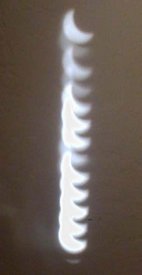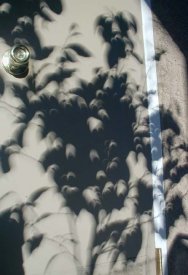Scientists have trained baboons to distinguish English words from similar-looking nonsense words by recognizing common arrangements of letters. Baboons and other monkeys are good pattern finders and what they are doing may be what we first do in recognizing words . In 300,000 tests, the six baboons distinguished between real and fake words . The researchers showed the baboons English words consisting of four capital letters, such as "DONE" or "LAND." They also showed "nonwords" that looked similar to words, such as "DRAN" or "LONS." ( ... ) " While we use language to solve problems in our heads, such as deciphering words (( yes, I have a keen interest in dictionaries :whistling: )), it seems that baboons use a "remarkably sophisticated" method to attack problems without language " --- The study shows that reading's early steps are far more instinctive than scientists first thought and it also indicates that non-human primates may be smarter than we give them credit for.





